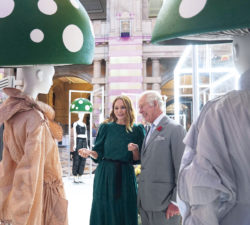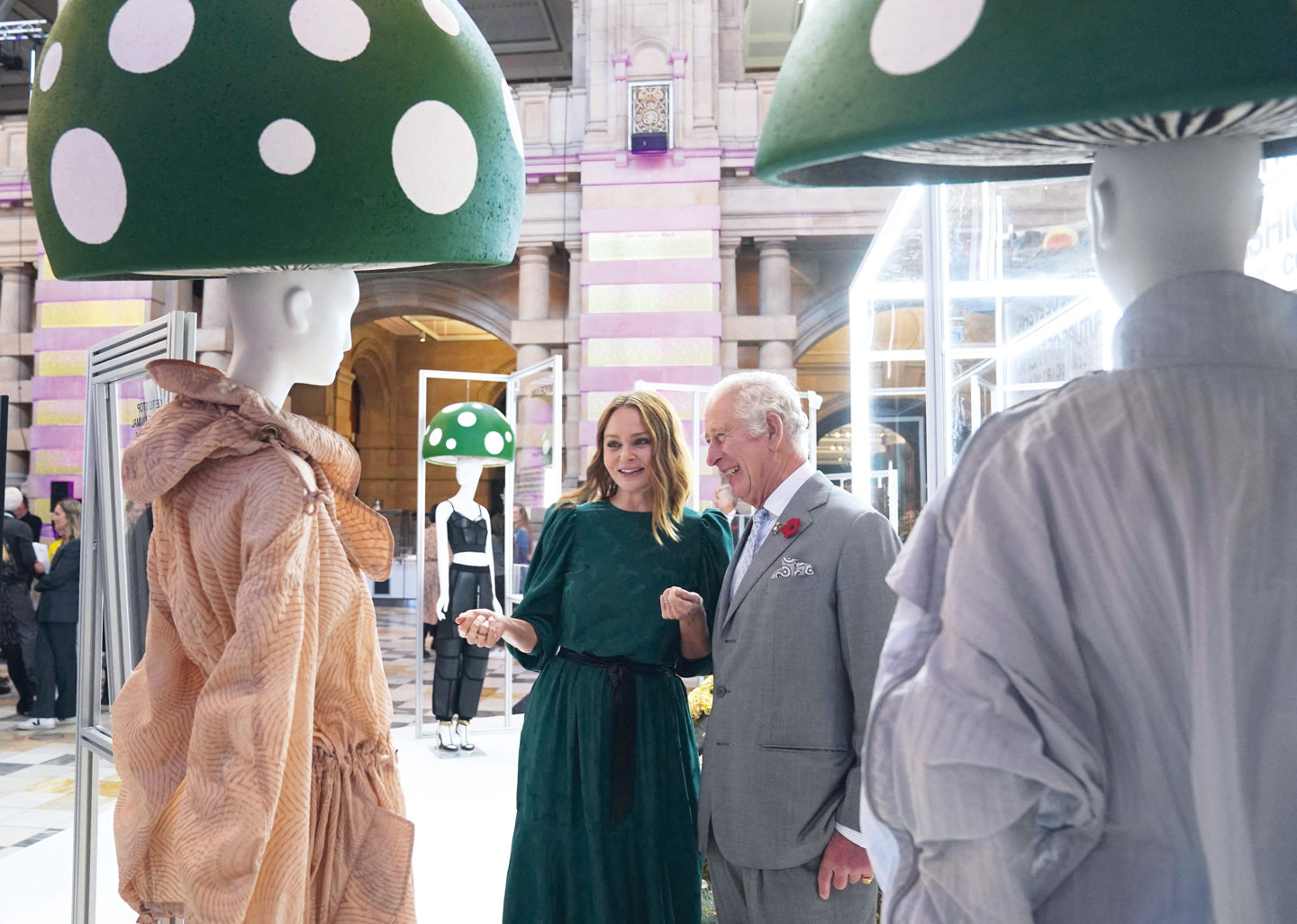Senior executives are facing a clarion call to scale sustainable business models amid unprecedented pandemic disruptions and a looming climate crisis.
While global leaders at the COP26 United Nations Climate Change Conference made major commitments to cut methane emissions, end deforestation and shift away from coal, government declarations are insufficient for a sustainable future. Business transformation is needed to ensure global warming is limited to 1.5°C above pre-industrial levels and securing a just economic transition to a low-carbon economy, where we can live well within our planetary boundaries.
Leading firms are revamping their supply chains, embracing new forms of financing, and reinventing products and services to ensure that they are future-ready and accountable for their Environmental, Social and Governance (ESG) performance. New government and banking regulations as well as investor scrutiny and supply chain transparency are accelerating this…


